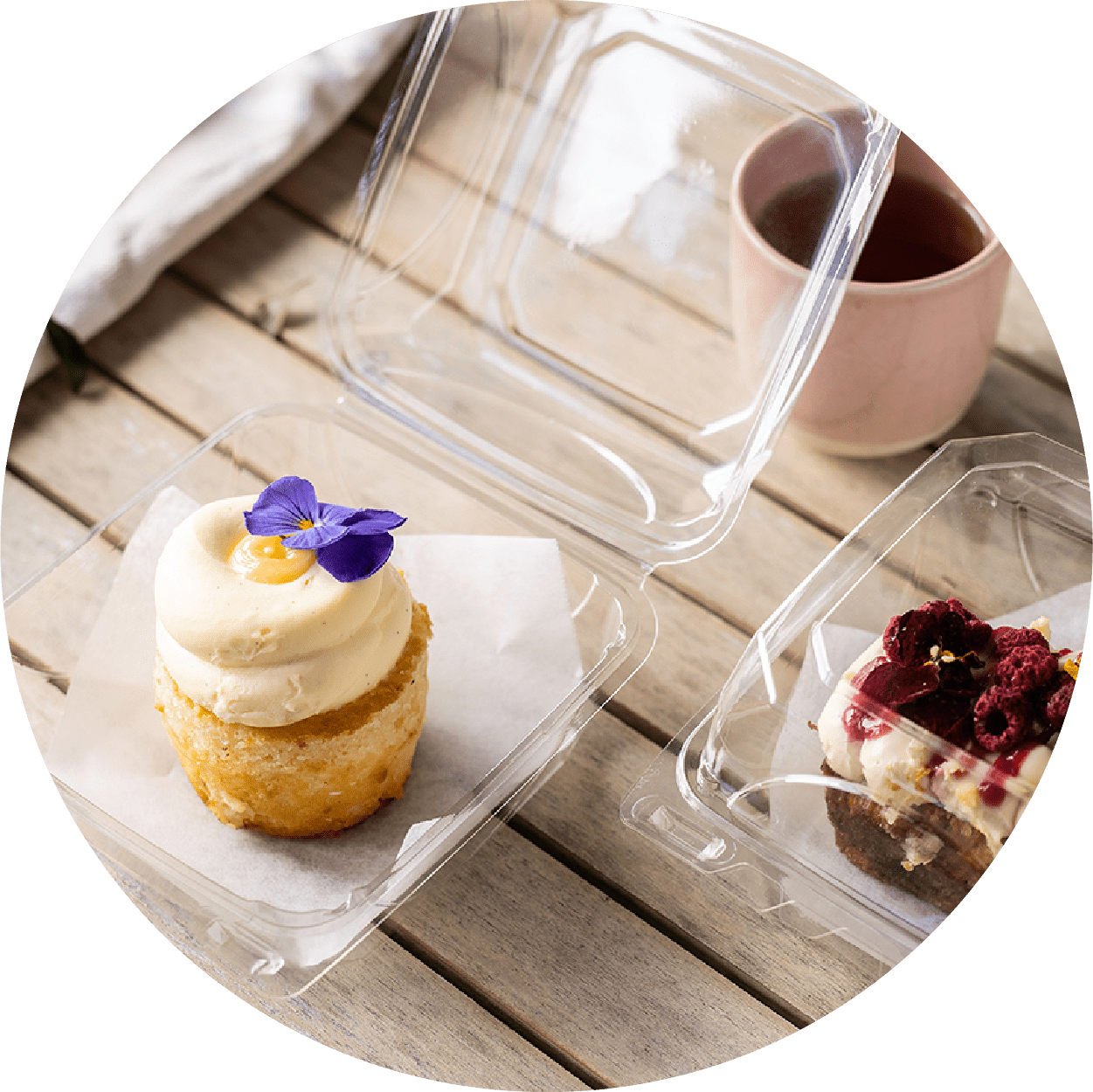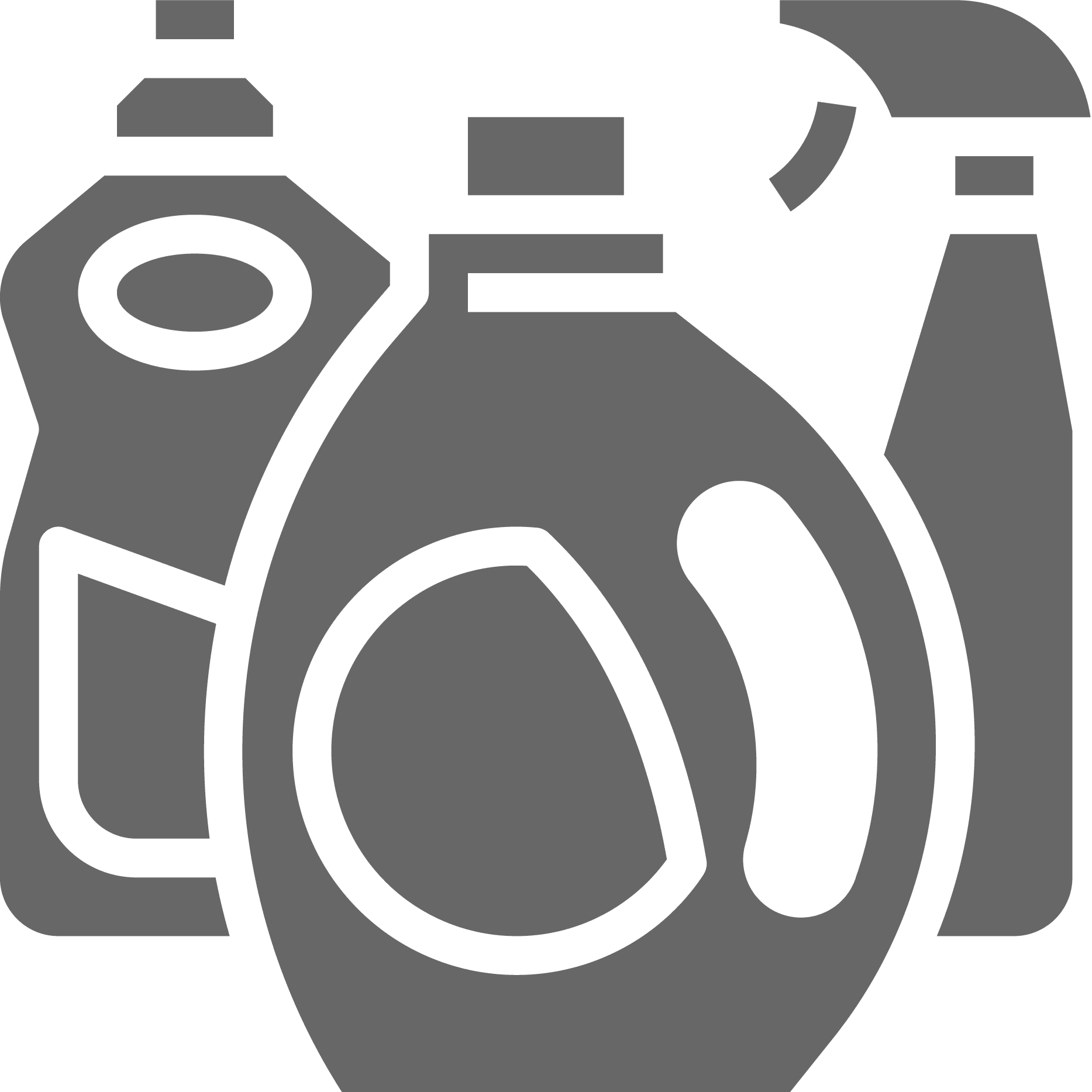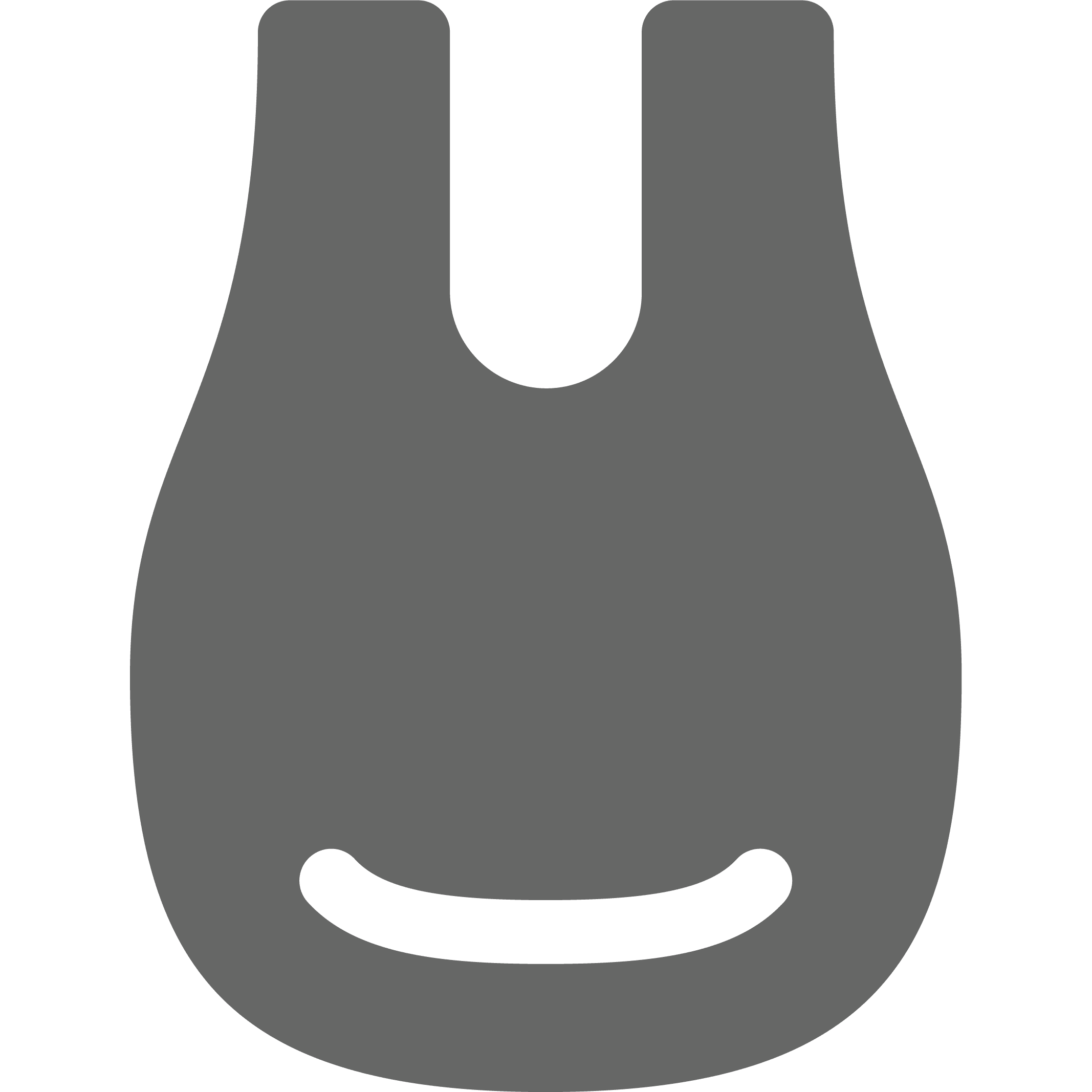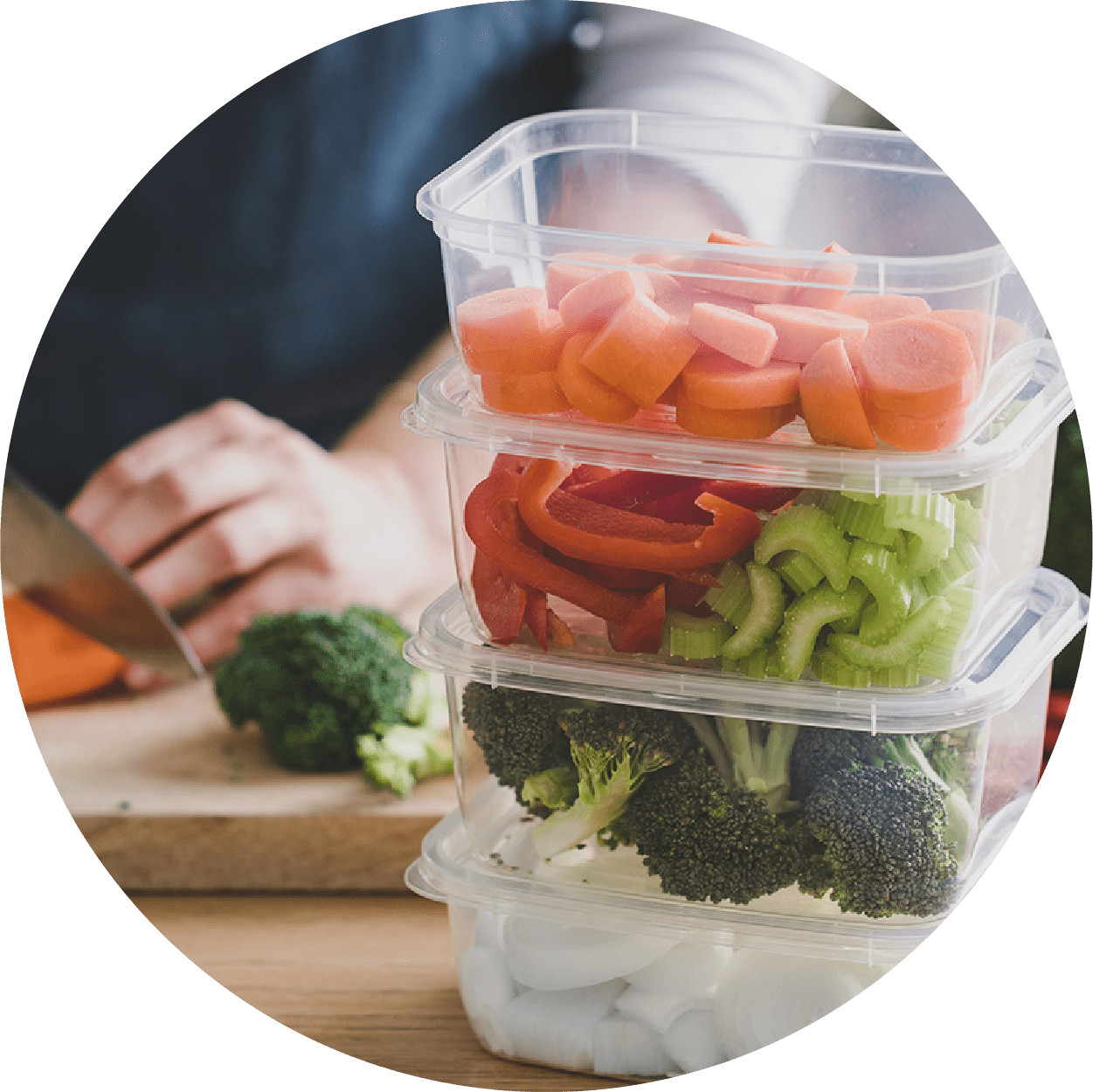Understand codes on plastics and their role in improving the recycling of packaging
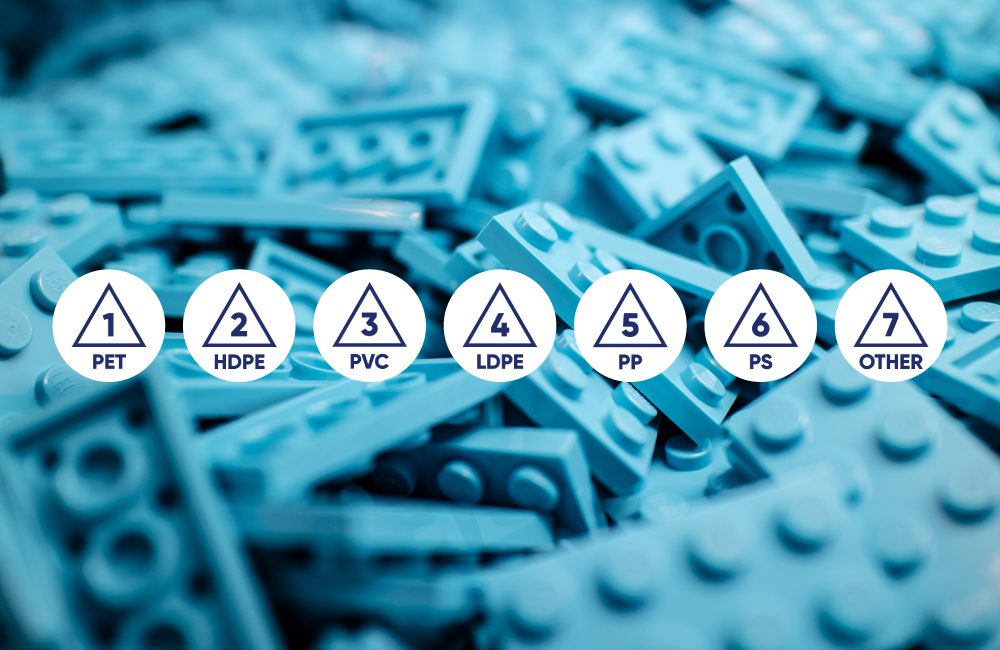
Plastics are often used to make various types of food packaging and containers for a variety of reasons – their unique properties help protect foods from damage, provide food safety and secure freshness.
But not all plastics behave the same. Different types of plastics have unique characteristics that make them suitable for different applications. Effective plastic recycling also relies on sorting materials well at the recovery and recycling facilities — plastics must be grouped together according to shared properties so that the value of the recycled material is retained.
Key to recycling improvements lies in handling the codes correctly
In 1988, the Society of the Plastic Industry originally developed the plastic resin identification coding system (RIC) to help the industry identify, sort and separate packaging based on their resin type at the material recovery and recycling facilities. The codes consist of a resin number (1-7) inside a triangle formed by chasing arrows.
As public awareness on environmental sustainability grows, many have associated the “chasing arrow” triangle with recyclable, made from recycled material, or similar. Although the RIC was not intended to be an identification for recyclability, this often causes consumer confusion when interpreting the labels on packaging.
Click here to learn how to sort plastics for kerbside collection using the Australasian Recycling Label (ARL).
The plastic resin identification code (RIC) guide
You will often find the plastic RIC labelled on your packaging items. We ensure all Bonson branded products (including the outer packaging used to store our products) are labelled with their RIC information.
To help you source the right packaging solution for your products or know the right way to treat plastic items after their initial use, you can use the information below about RIC codes. These simple things are what it takes to make a difference in environmental sustainability – your decisions count.
| TYPE OF PLASTIC | GENERAL PROPERTIES | COMMON USES | RECYCLABILITY (WITH A FOCUS ON QUEENSLAND) |
| PET / PETE Polyethylene Terephthalate |
Clear and optically smooth, lightweight, resists high impact, resists water, oxygen, carbon dioxide, and most solvents.
Poses a low risk of leaching. |
Soft drink and water bottles, salad domes, biscuit trays, salad dressing and peanut butter containers, fleece clothing and geo-textiles.
Bonson’s PET range is RePlay (made from recycled PET). Other ranges also include some PET products (mainly lids). |
Commonly recycled.
PET has a high recycling value with onshore and international reprocessing capabilities. |
| HDPE High Density Polyethylene |
Defined by a density of greater than or equal to 0.941 g/cm3.
Stiff and strong, lightweight, resistant to chemicals and moisture, waxy surface, opaque, easily coloured and processed. Poses a low risk of leaching. |
Crinkley shopping bags, freezer bags, milk bottles, ice cream containers, juice bottles, shampoo, chemical and detergent bottles, buckets, rigid agricultural pipe, milk crates
|
Commonly recycled.
HDPE has a high recycling value with onshore and international reprocessing capabilities. |
| PVC Polyvinyl Chloride ———————- Unplasticised Polyvinyl Chloride (PVC-U) ———————- Plasticised Polyvinyl Chloride (PVC-P) |
PVC can be either a hard and rigid plastic or flexible and elastic plastic.
———————————————————————- ———————————————————————- |
*PVC consists of chlorine so should never be burnt as this can cause leaching of harmful toxins. —————————————————————– Cosmetic containers, electrical conduit, plumbing pipes and fittings, blister packs, wall cladding, roof sheeting, bottles —————————————————————– Garden hose, shoe soles, cable sheathing, blood bags and tubing, watch straps, commercial cling wrap  |
Not often recycled.
PVC can be complicated and costly to recycle with a relatively limited market. |
| LDPE Low-density Polyethylene – LLDPE Linear low density Polyethylene |
Defined by a density range of 0.910 – 0.940 g/cm3.
Low tensile strength and high ductility, translucent, scratches easily, resists acids, alkalis and oils, high heat resilience. Poses a low risk of leaching. |
Primarily used in film applications where heat sealing is needed, also used in rigid applications:
Cling wrap, rubbish bags, squeeze bottles, black irrigation tube, black mulch film, rubbish bins, shrink wrap
|
Possible to recycle.
The more flexible LDPE products tend to be difficult to sort. Soft plastics can be recycled through the REDcycle program at participating supermarkets. |
| PP Polypropylene |
Semi-rigid, lightweight, high optical clarity, low moisture vapour penetration, inert towards acids, alkalis and most solvents, good fatigue resistance, integral hinge property, good heat resistance. Floats on water.
Has properties between that of LDPE and HDPE. Generally considered to be one of the safer and most versatile plastics available.
|
Hard containers, medicine bottles, takeaway containers, ice cream tubs, potato chip bags, straws, microwave dishes, kettles, garden furniture, automotive parts.
Click here to view Bonson’s ranges of PP products. |
Commonly recycled.
PP has a high recycling value with onshore and international reprocessing capabilities. |
| PS Polystyrene |
Clear and colourless, rigid, brittle, semi-tough, good electrical conductivity, low thermal conductivity. Great short shelf life moisture barrier with poor chemical and UV resistance.
Evidence suggests polystyrene can leach potential toxins into foods. |
CD cases, plastic cutlery, imitation ‘crystal glassware’, low-cost brittle toys, video cases, water station cup, safety helmets
|
Not often recycled.
PS is not easily recycled with a relatively limited market. |
| EPS Expanded Polystyrene |
Foamed, lightweight, energy absorbing, heat insulating. | Foamed polystyrene hot drink cups, hamburger take-away clamshells, foamed meat trays, protective packaging for fragile items, insulation, insulation panels
|
Not often recycled.
Most EPS food packaging is now widely banned in Australasia. |
| OTHER All other plastics |
This category includes all other resins that don’t fit into the main 1-6 types.
Letters below indicate ISO code for plastic type including SAN (styrene, acrylonitrile), ABS (Acrylonitrile butadiene styrene), PC (polycarbonate), Nylon, degradable plastic e.g. PLA. Material properties are dependent on resins or combination of resins. |
Packaging, car parts, appliance parts, computers, electronics, water cooler bottles, metal devices
|
Not often recycled.
Most type 7 plastics will not be recycled. They may contaminate recycling streams. |
References:
- AZO Materials. (2008, October 23). Plastic Recycling Codes Explained, Types of Plastic and the Applications of Recycled Plastics. https://www.azom.com/article.aspx?ArticleID=4425
- ISM Waste & Recycling. (2021, April 15). What Do the Different Plastic Recycling Symbols Mean?. https://ismwaste.co.uk/help/seven-different-plastic-types
- ChemicalSafetyFacts.org. (n.d.). Types of Plastic Food Packaging and Safety: A Close-Up Look. https://www.chemicalsafetyfacts.org/types-plastic-food-packaging-safety-close-look/
- Methods. (2021, July 4). Recycling By Numbers – What Plastic Codes Mean. https://methodrecycling.com/nz/journal/plastic-codes
- Make the Most of Waste (n.d.). Plastic Waste. https://www.makethemostofwaste.co.nz/zero-waste/plastic-waste/
- Envisage Works, Sustainable Resource Use. (2020, Mar 12). 2018–19 Australian Plastics Recycling Survey – National report, Final report. https://www.environment.gov.au/system/files/resources/42de28ac-5a8e-4653-b9bd-7cc396c38fba/files/australian-plastics-recycling-survey-report-2018-19.pdf
- The Queensland Government. (2020). Recycling and Waste in Queensland. https://www.qld.gov.au/__data/assets/pdf_file/0044/198989/recycling-waste-report-2020.pdf
- The Queensland Government. (2019). Recycling right for residents. https://www.qld.gov.au/environment/pollution/management/waste/recovery/disposal-levy/residents/recycling


